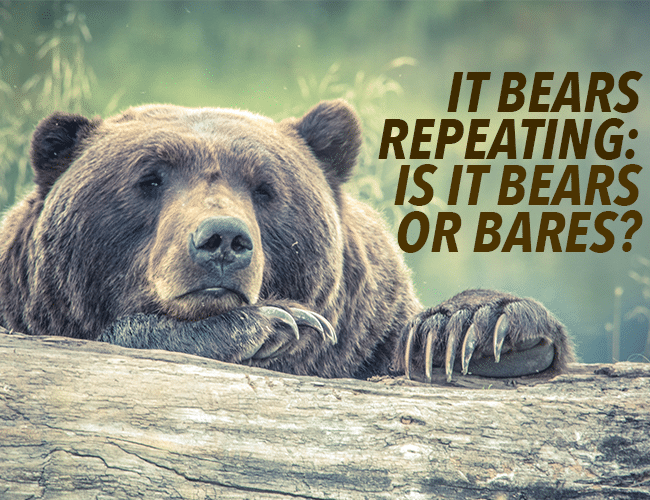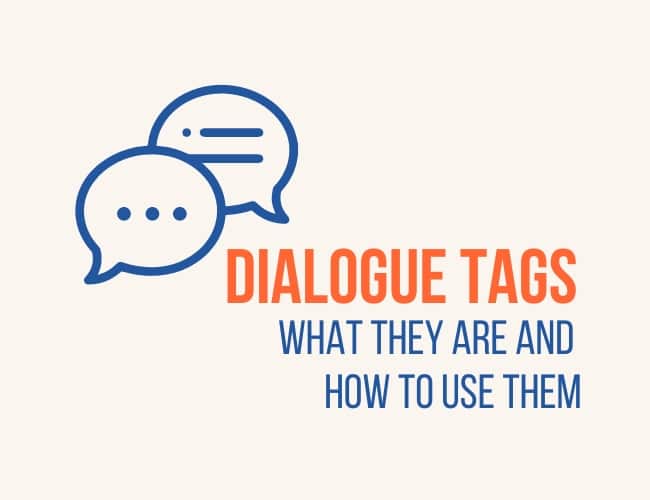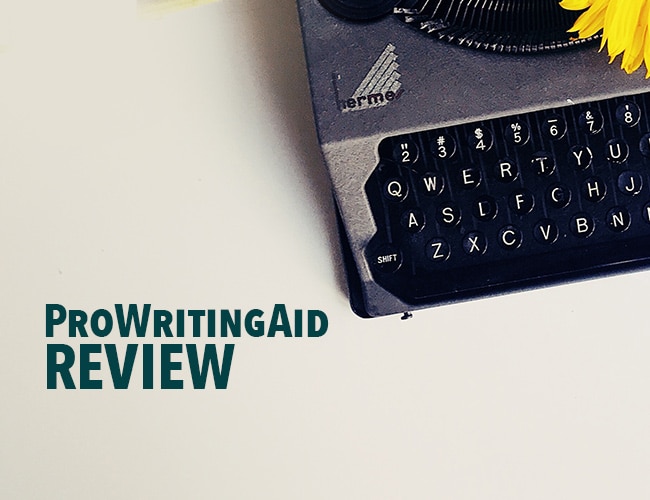
by Elizabeth Nettleton |
We live in a world where a freelance editor is just a click away. But how do you know which one is right for you? And what should you expect when you hire one? Today, we’re breaking down the different types of freelance editors, what they actually do, and how to choose the one who will make your fiction and nonfiction books the best they can be.

by Alice Sudlow |
It bears repeating that the English language is full of odd sayings. Never fear, though—we’re here to break them down.
Today, we’re taking on a hairy turn of phrase: “it bears repeating.” Or is it “it bares repeating”?

by Kellie McGann |
Writers encounter dialogue every day, but too often recently I’ve seen great stories ruined by choppy, incoherent, and straight up weird dialogue.
Let’s break down the essentials of dialogue tags so we can all write clearer conversations.

by Liz Bureman and Elizabeth Nettleton |
Afterward and afterword might sound similar, but they are in fact completely different words. So, what do they each mean? And when should you use them? Today, we’re looking at afterward vs. afterword and their usages in writing.

by Sue Weems and Liz Bureman |
Last Wednesday through Sunday, I went to Reykjavik with some friends thanks to Groupon. Fortunately, the jet lag hasn’t hit much since coming home, but it was a great weekend. We saw the Northern Lights, we saw waterfalls, we saw geysers, and we saw a place where two tectonic plates meet.
By the way, that last text pattern, with the repetition of “we saw”, is what’s called anaphora.

by Alice Sudlow |
ProWritingAid is a grammar checker and style editor meant to help you improve your writing and become a better writer. How does it work? And would it be a useful tool for you? I tested it to find out, and I’ll break it all down for you in this ProWritingAid review.





